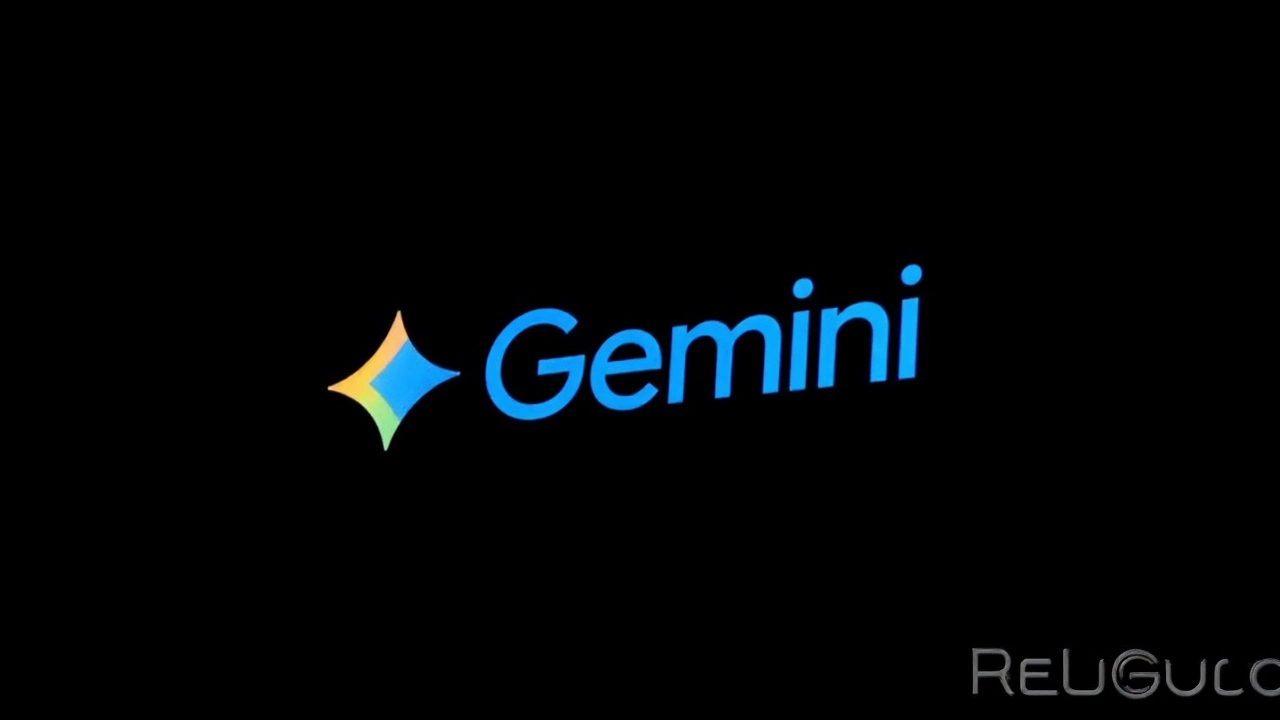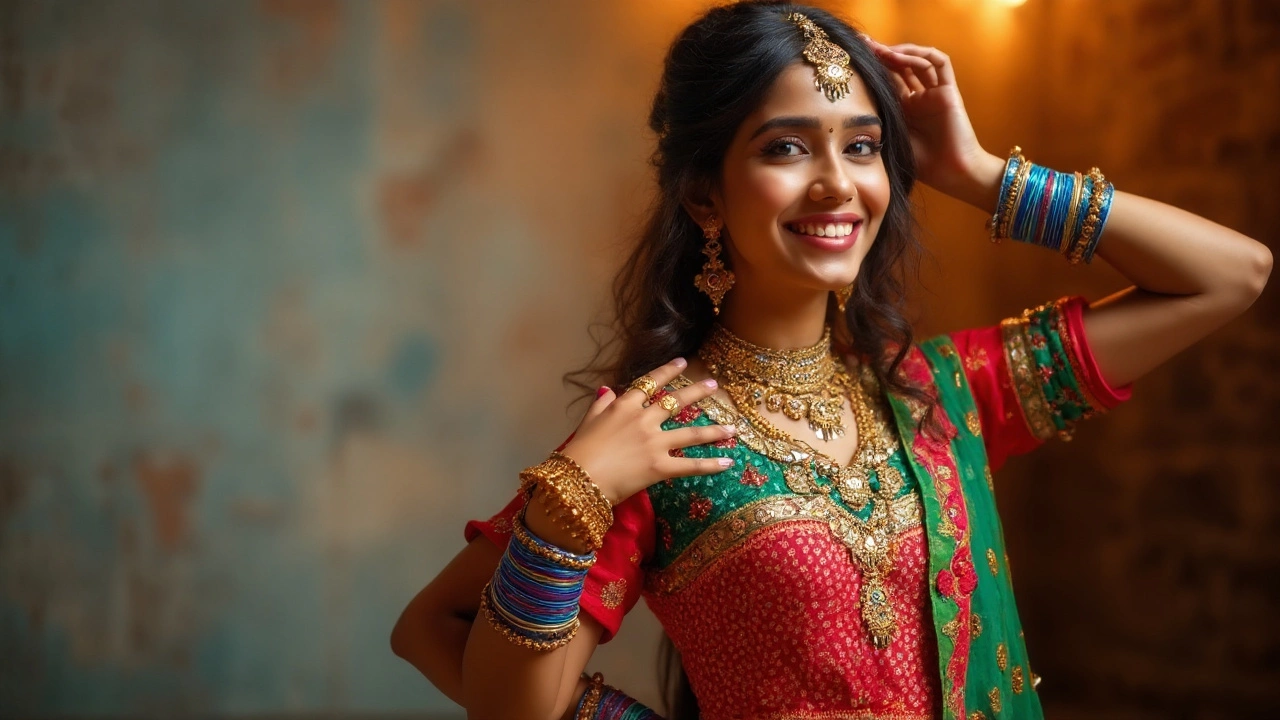A festival trend born from AI
Open Instagram this week and you’ll likely see friends spinning in mirror-work lehengas and neon-lit circles—even if they never left their couch. That’s the power of AI-generated Garba, the Navratri look that’s gone viral across Reels and photo carousels. The edit takes a plain portrait and rebuilds it as a festival frame: embroidered outfits, dandiya sticks, twinkling lights, and that soft retro glow you’d expect from a classic Gujarati movie poster.
The shift follows last season’s vintage saree edits. Now the spotlight is squarely on Garba. Google Gemini is the tool most creators are talking about. The draw is simple: you feed it your photo, describe the style—think retro film grain, mirror work, ghaghra flow—and the model returns a new image that looks like it was shot at a Navratri night in Ahmedabad, Vadodara, or a diaspora community center in New Jersey.
What makes this moment different is the look of the results. The images aren’t just costume overlays. They’re stylized scenes that mimic the ambience: sodium-vapor street lights, lens flares, motion blur from the spin, and a color palette heavy on vermilion, saffron, indigo, and gold. The most shared prompt so far? “Dandiya in motion.” Creators like it because it adds energy—hands mid-swing, skirts mid-twirl—without the user having to pose on a dance floor.
Why is it catching on now? Timing and access. Navratri is huge, but not everyone can attend a live Garba night or source authentic outfits. Students living away from home, people working late, or the diaspora looking to join in from thousands of miles away can still post something that feels festive and rooted. For many, this is a low-cost, low-effort way to be part of the season.
It also helps that the edits are built for Instagram. Reels show “before/after” transitions. Carousels walk through multiple styles—classic Gujarati, Bollywood retro, even editorial lighting. The posts are being tagged with familiar festival hashtags, and the comments read like a virtual dance circle: compliments on mirror work, jokes about blisters from real Garba nights, and requests for prompt recipes.

How people are making the look—and the best prompts
Gemini’s image tools respond well to clear direction. Most creators start with a mid-shot or head-and-shoulders portrait in good light. They upload that photo and write a short, specific prompt that covers outfit, scene, lighting, camera angle, and motion. A few try a plain text prompt first, then paste or attach their image for refinement.
Here are prompt ideas people say are working well right now:
- Classic Garba portrait: “Transform this portrait into Navratri Garba night. Woman wearing traditional Gujarati lehenga choli with mirror work, intricate bandhani patterns, silver oxidized jewelry, jasmine gajra, warm festival lights in the background, slight film grain, soft focus.”
- Dandiya in motion: “Dynamic Garba dance scene, dandiya sticks in mid-swing, motion blur on skirt, colorful string lights, low-angle shot, cinematic backlight, natural skin tone, retain facial features.”
- Retro cinema still: “1970s Gujarati film style, matte texture, rich reds and saffron, studio portrait with hand-painted backdrop, subtle vignette, classic Bollywood lighting.”
- Street festival vibe: “Outdoor Garba circle at night, crowd in the background, fairy lights and bokeh, traditional kediyu for men with bandhani turban, dust in the air catching light, candid energy.”
- Editorial twist: “High-fashion Navratri look, mirror-work lehenga, rim light and colored gels (teal and amber), shallow depth of field, magazine cover composition.”
- Couple frame: “Pair dancing Garba, coordinated outfits (navy and marigold), synchronized dandiya, motion trail on sticks, smiling expressions, soft film grain.”
- Minimal studio: “Clean studio portrait, single softbox, traditional jewelry focus, neutral backdrop, subtle dupatta movement, gentle color grading.”
- Monochrome classic: “Black-and-white Navratri portrait with silver jewelry highlights, vintage medium-format look, fine film grain, contrasty lighting.”
To make your results cleaner, creators suggest adding lines like “retain original face,” “keep natural skin tone,” and “avoid changing eye color or facial structure.” If a first pass looks too plastic or over-saturated, ask the model to “reduce smoothing,” “keep skin texture,” or “tone down vibrance.” If the outfit reads as generic, specify “Gujarati mirror work,” “bandhani,” “ajrak dupatta,” or “kutchi embroidery.” Details matter.
Common workflow tips:
- Start with a sharp photo. Even the best model struggles with blurry faces.
- Give the AI a point of view: “low angle,” “waist-up,” or “three-quarter portrait” helps with framing.
- Describe light: “warm festoon lights,” “stadium floodlights,” or “soft studio key” changes the whole mood.
- Add motion sparingly. “Subtle motion blur on skirt” feels real; “heavy warp” can break hands and jewelry.
- Iterate. Ask for small edits—“add oxidized bangles,” “less shiny fabric,” “looser hair bun.”
- Export smart. Square (1:1) or vertical (4:5, 9:16) works best for feeds and Reels.
What about other tools? Some creators blend methods: a base look in Gemini, extra texture in an editor, and final color in a phone app. Others test Midjourney or Firefly for patterns, then bring the portrait back into Gemini to keep facial identity intact. The throughline is the same—clear prompts and attention to lighting.
The cultural side matters too. Garba comes from Gujarat and has traveled widely with the Indian diaspora. The look isn’t just about clothes; it’s the community circle, the rhythm, the call-and-response beats. That’s why prompts with scene-setting—lanterns, chalked floor circles, a crowd slightly out of focus—feel more authentic than a plain fashion swap.
There’s also a growing etiquette around consent and credit:
- Get permission before editing someone else’s face, especially kids.
- Label AI edits when the line between real and synthetic isn’t obvious.
- If you used a photographer’s portrait, ask before posting an altered version and tag them if they agree.
- Avoid implying you attended a specific event if the image is purely generated.
Concerns are part of the conversation. Designers wonder if AI looks could undercut rental and retail during festival peaks. Photographers worry about their work being reworked without credit. On the other hand, some boutiques are using AI previews to help shoppers choose styles, and event promoters say the online buzz is nudging new attendees to try a real Garba night for the first time. Both things can be true at once.
For creators seeking the most “real” result, a few tricks keep coming up. Ask for “natural crease lines in fabric,” “weight and drape on lehenga,” and “fine stitch detail near the hem.” Request “subtle frizz flyaways” and “skin texture visible” to avoid the plastic look. Jewelry tends to glitch at high motion; if earrings melt or necklaces merge into skin, slow the scene down and re-run with “less motion blur” or “static portrait, jewelry sharp.”
If inclusivity matters to you—and it should—be explicit. Add “retain darker skin tone,” “avoid skin lightening,” and “correct hand anatomy.” Note hair textures and body types you want represented. Models do better when told, not when left to guess.
So where does this go after Navratri? Expect the format to hop to nearby seasons—Durga Puja, Diwali parties, even wedding sangeets. The recipe is portable: heritage outfits, warm lights, and a story that reads at a glance. For now, the Garba wave is the moment. It’s tech and tradition shaking hands on the world’s most public dance floor—the feed.
